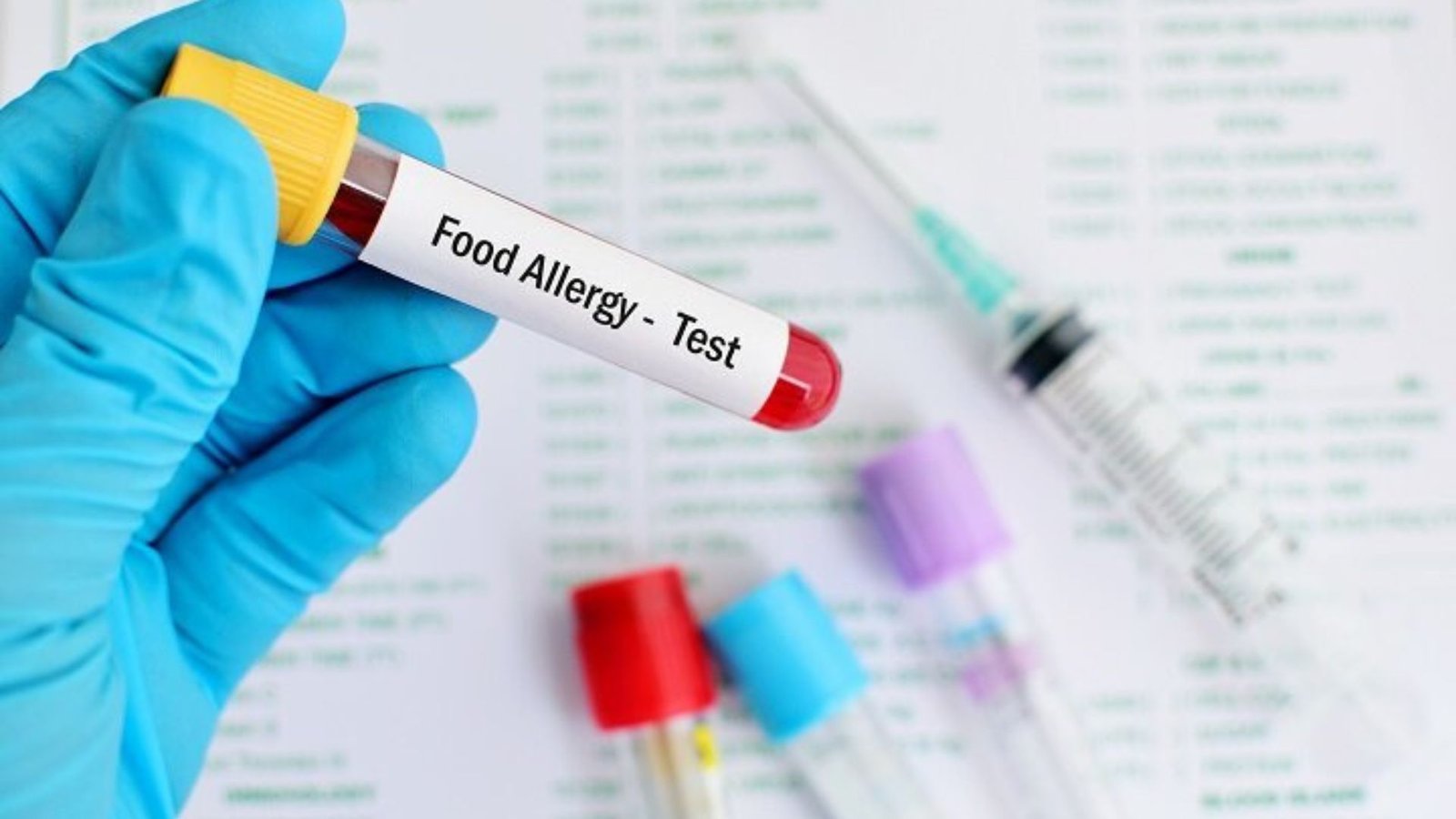Many people use the terms food allergies and food intolerances interchangeably, but these are two distinct conditions with different causes, symptoms, and treatment methods. Understanding the difference is crucial for managing your health and avoiding potential complications.
In this post, we’ll break down the key differences between food allergies and food intolerances, their symptoms, how they affect the body, and strategies for managing them effectively.
What Are Food Allergies?
A food allergy occurs when the body’s immune system mistakenly identifies a particular food protein as harmful and triggers an allergic reaction. This reaction can range from mild to severe, and in some cases, it can be life-threatening.
Common Causes of Food Allergies
Food allergies are often triggered by specific proteins found in certain foods. The most common food allergens include:
- Milk
- Eggs
- Peanuts
- Tree nuts (e.g., almonds, walnuts)
- Fish
- Shellfish (e.g., shrimp, crab)
- Wheat
- Soy
Symptoms of Food Allergies
Food allergy symptoms can appear within minutes to a few hours of consuming the allergenic food. These may include:
- Hives or itchy skin
- Swelling (face, lips, tongue, throat)
- Difficulty breathing or wheezing
- Nausea or vomiting
- Abdominal pain
- Diarrhea
- Anaphylaxis: A severe, life-threatening reaction that requires immediate medical attention.
What Are Food Intolerances?
A food intolerance, on the other hand, is a digestive issue that occurs when the body has difficulty breaking down certain foods. Unlike allergies, intolerances do not involve the immune system and are rarely life-threatening.
Common Causes of Food Intolerances
Food intolerances often result from the body’s inability to digest certain substances, such as:
- Lactose: Found in milk and dairy products (lactose intolerance).
- Gluten: Found in wheat, barley, and rye (non-celiac gluten sensitivity).
- Histamines: Found in aged or fermented foods like cheese and wine.
- Food additives: Such as MSG or artificial sweeteners.

Symptoms of Food Intolerances
Symptoms of food intolerances can vary but are generally limited to the digestive system and may take longer to appear, typically hours after consuming the food. Common symptoms include:
- Bloating
- Gas
- Diarrhea
- Constipation
- Abdominal cramps
- Nausea
Unlike allergies, intolerances do not cause rashes, swelling, or anaphylaxis.
Key Differences Between Food Allergies and Food Intolerances
| Feature | Food Allergies | Food Intolerances |
|---|---|---|
| Body System Involved | Immune system | Digestive system |
| Symptoms | Skin reactions, breathing issues, anaphylaxis | Digestive discomfort (bloating, diarrhea) |
| Onset of Symptoms | Immediate to within a few hours | Hours after consuming the food |
| Severity | Can be life-threatening (anaphylaxis) | Rarely life-threatening |
| Common Triggers | Proteins (e.g., peanuts, shellfish) | Lactose, gluten, food additives |
| Testing | Allergy testing (skin prick, blood test) | Elimination diet, hydrogen breath test |
How to Manage Food Allergies
Managing food allergies requires strict avoidance of trigger foods and preparedness for allergic reactions.
Steps to Take:
- Identify Allergens: Get tested by an allergist to pinpoint your specific triggers.
- Read Labels: Check food packaging for allergen information.
- Carry Medication: Always have an epinephrine injector (EpiPen) if prescribed.
- Inform Others: Let restaurants and hosts know about your allergy.
How to Manage Food Intolerances
Managing food intolerances often involves trial and error to determine safe consumption levels.
Steps to Take:
- Elimination Diet: Remove suspected foods from your diet and reintroduce them one at a time to identify triggers.
- Smaller Portions: Some people can tolerate small amounts of the offending food without symptoms.
- Use Substitutes: Opt for alternatives like lactose-free milk or gluten-free products.
- Digestive Aids: Enzyme supplements (e.g., lactase for lactose intolerance) can help.
When to See a Doctor
If you suspect you have a food allergy or intolerance, consult a healthcare professional. Seek immediate medical attention if you experience severe allergic symptoms like difficulty breathing or swelling.
Conclusion: Understanding and Managing Your Food Reactions
Understanding whether you have a food allergy or intolerance is essential for managing your symptoms and improving your quality of life. While food allergies involve the immune system and can be life-threatening, intolerances are digestive issues that are generally less severe.
By identifying your triggers and following appropriate management strategies, you can enjoy a safe and healthy diet tailored to your needs.











